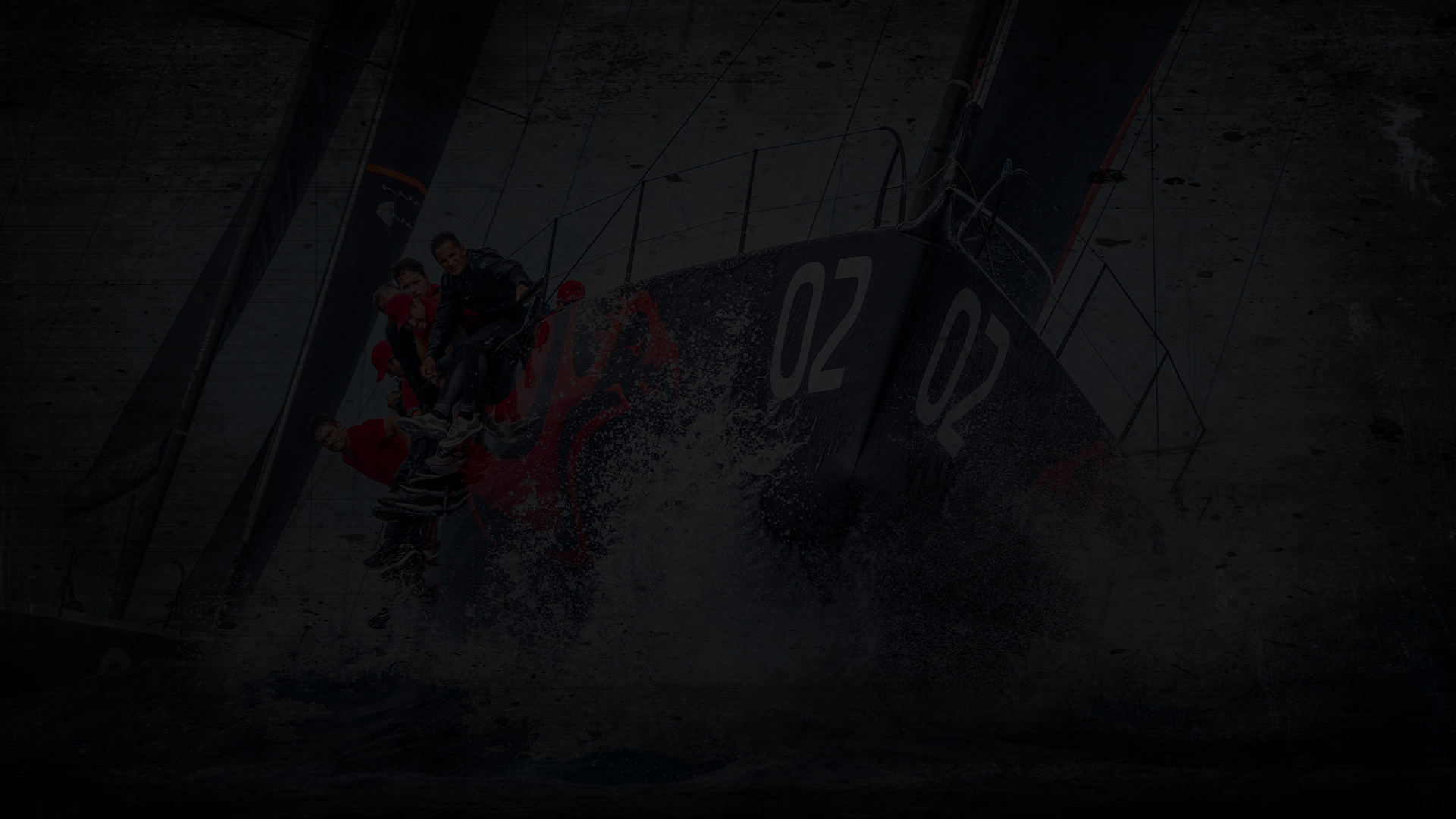
LAS 52 SUPER SERIES
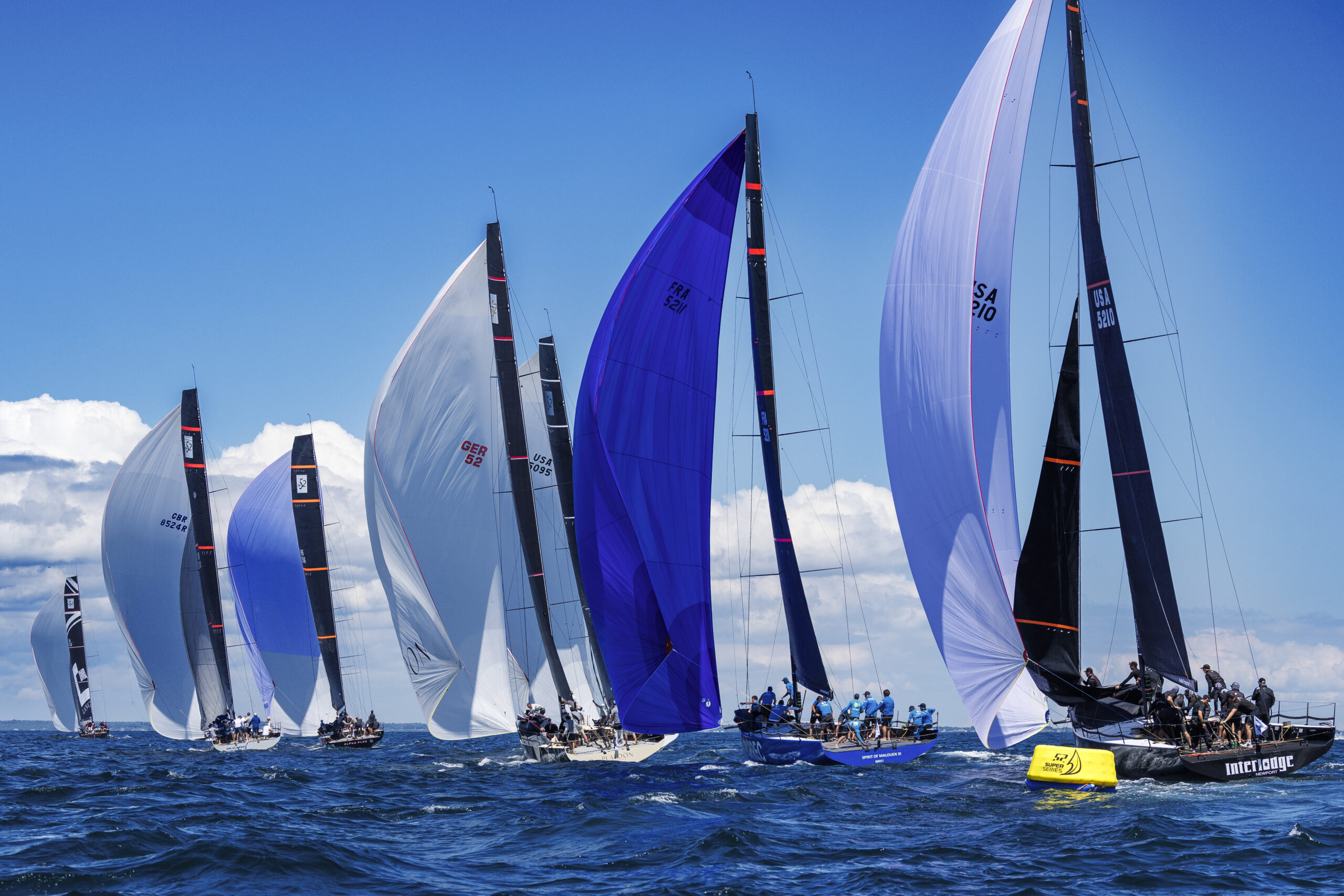
El principal
circuito mundial de
regatas de monocascos
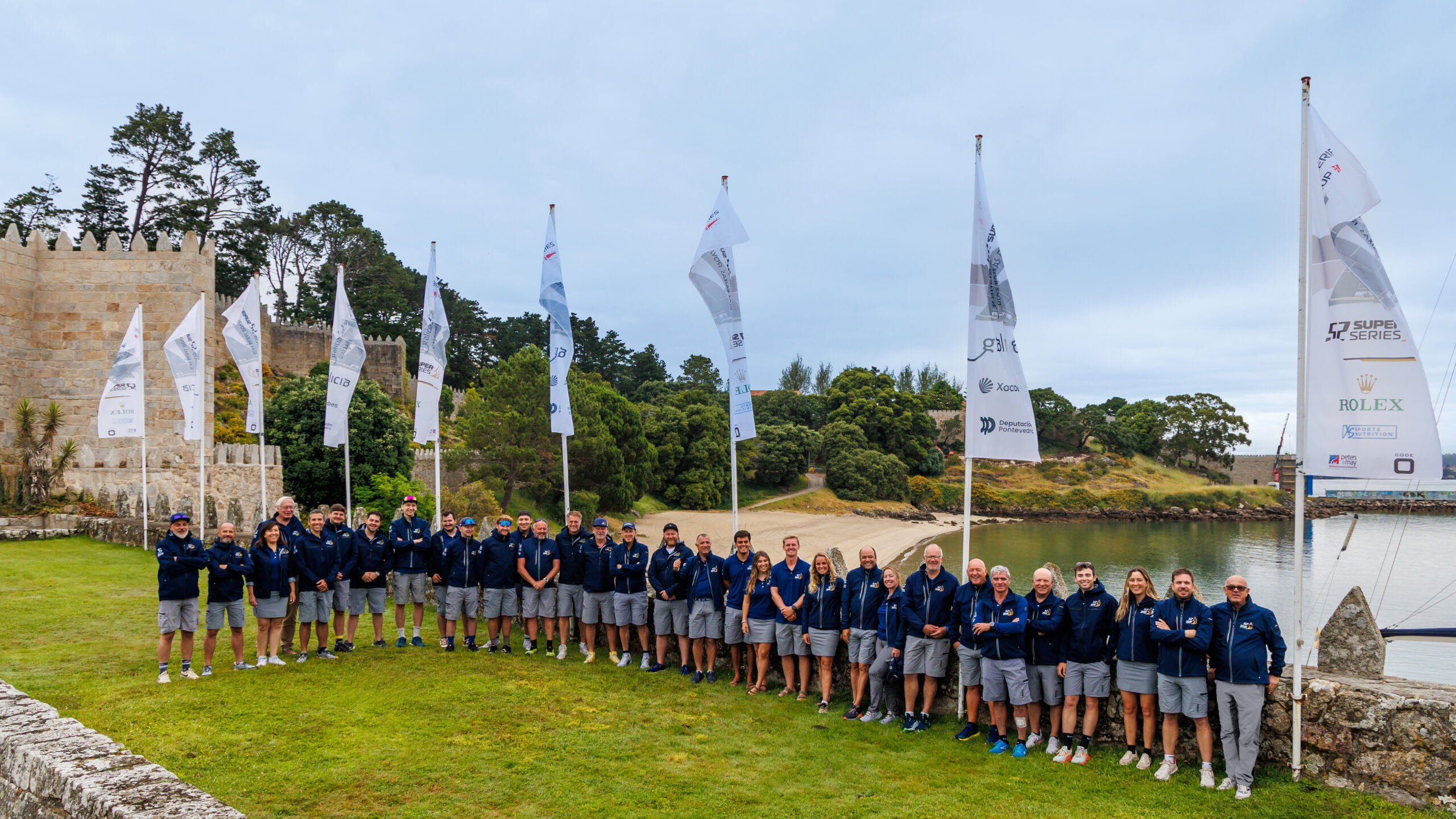
Sobre la serie
La serie en detalle
Las 52 SUPER SERIES cuenta con una sólida trayectoria desde su fundación en 2012, y se ha consolidado como el principal circuito de regatas de monocascos del mundo. En 2022 se celebró el décimo aniversario en Barcelona, donde todo comenzó con el Trofeo Conde de Godó en mayo de 2012. Desde entonces, la serie no ha parado de crecer, con nuevos equipos y barcos que buscan el más alto rendimiento.
En 2025, la 52 SUPER SERIES sigue en plena forma, con una flota muy igualada y un nivel altísimo de competición. En 2021 se incorporó el equipo tailandés Vayu, en 2023 el equipo Alpha Plus de Hong Kong, en 2024 los franceses Teasing Machine y los brasileños Crioula Team, y ahora en 2025 vuelve la bandera italiana con Alkeda de Andrea Lacorte, impulsado por Vitamina, tras su éxito en la clase Club Swan50 y otras one design.
La serie nació tras la desaparición del TP52 MedCup en 2011, cuando su patrocinador principal se retiró.
Las 52 SUPER SERIES fue impulsada por tres armadores clave —Quantum Racing, Azzurra y Rán Racing— que veían el futuro de la clase en manos de los propios armadores. Querían mantener lo mejor de la clase y organizar regatas en lugares atractivos para todos. Actualmente, el circuito cuenta con cinco regatas al año en Europa, y con creciente presencia en EE.UU. y nuevas sedes internacionales.
El TP52 se introdujo en Europa en 2005 por un grupo de armadores desencantados con las regatas IMS. Buscaban barcos rápidos, ligeros y potentes, que ofrecieran una experiencia más parecida a un velero ligero, compitiendo en tiempo real y bajo una “box rule”. Esta regla ha permitido una evolución controlada, reduciendo número de tripulantes y velas, haciendo las regatas más emocionantes y sostenibles en costes.
Equipo
Todo depende de las personas
La 52 SUPER SERIES está gestionada por un equipo pequeño y dedicado, con amplia experiencia en regatas de alto nivel y otros deportes.
La estructura es horizontal, con departamentos que colaboran en un ambiente eficiente y amigable, compartiendo visión y objetivos. Nos enorgullece que el equipo siga siendo reducido en comparación con otros circuitos de alto nivel.
Dirección de las 52 SUPER SERIES
Responsables del circuito: estrategia, finanzas y aspectos legales.
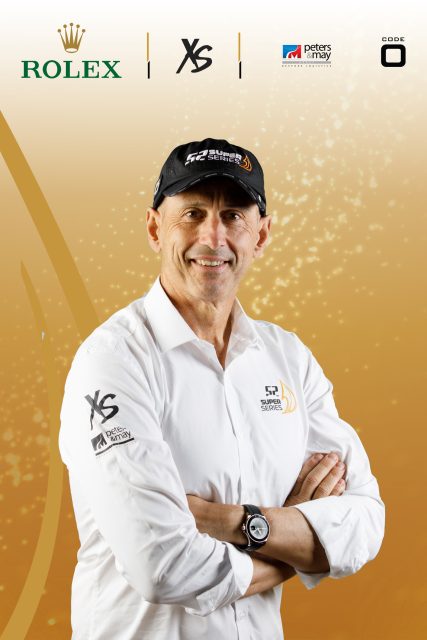
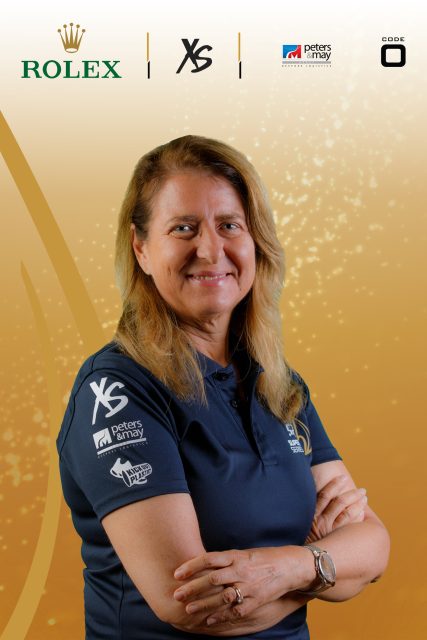
Dirección de regata
En el agua, las regatas son dirigidas por la Oficial Principal Maria Torrijo. El equipo de árbitros de World Sailing, liderado por Miguel Allen, se encarga de aplicar el reglamento de forma justa y coherente. El equipo central permanece estable año tras año para garantizar la continuidad.

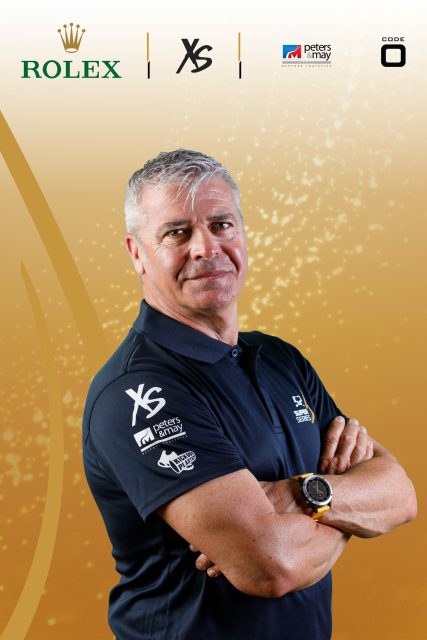
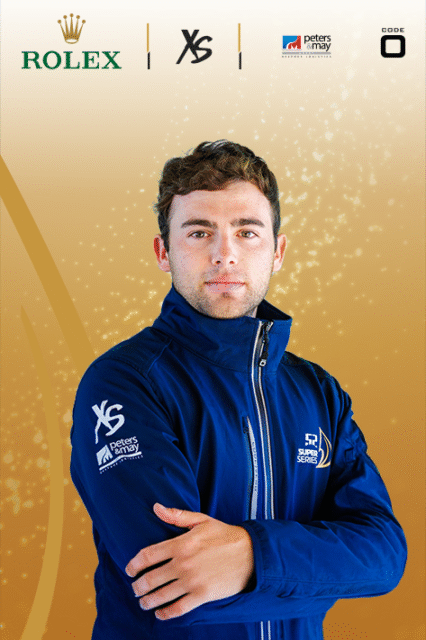
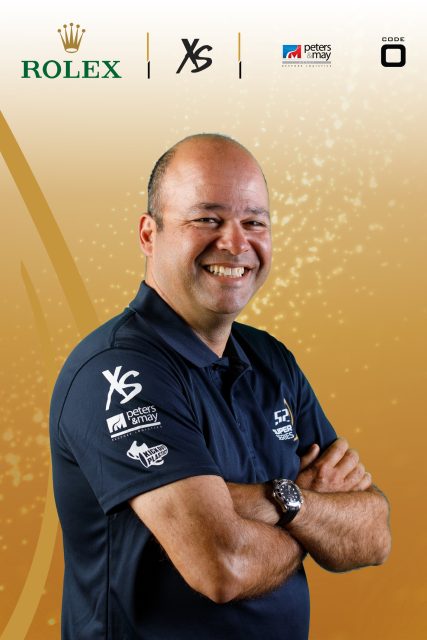
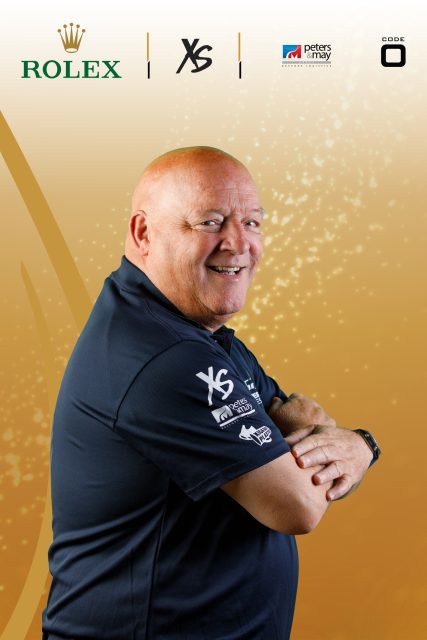
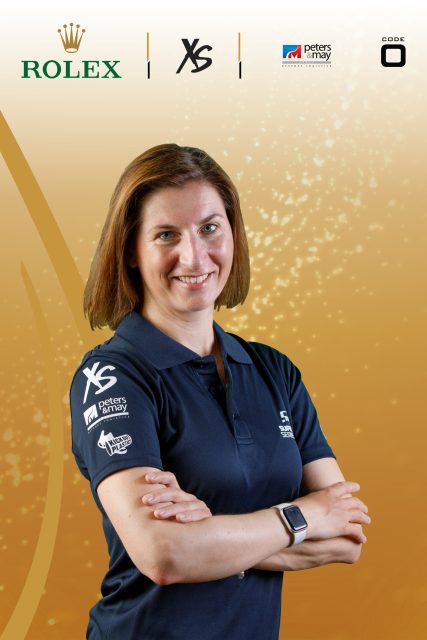
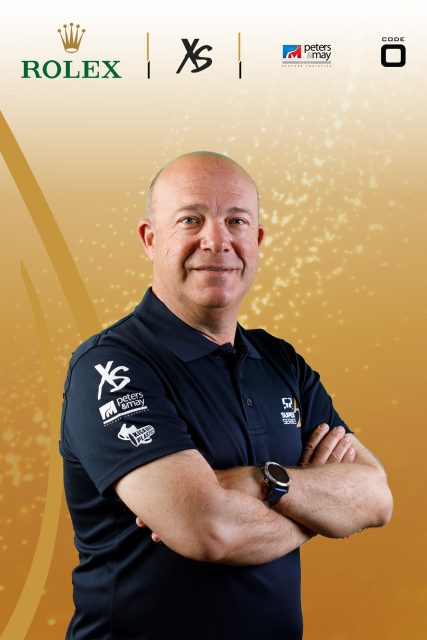
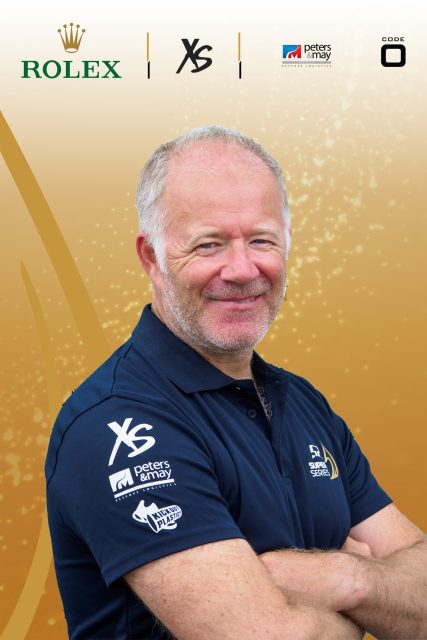
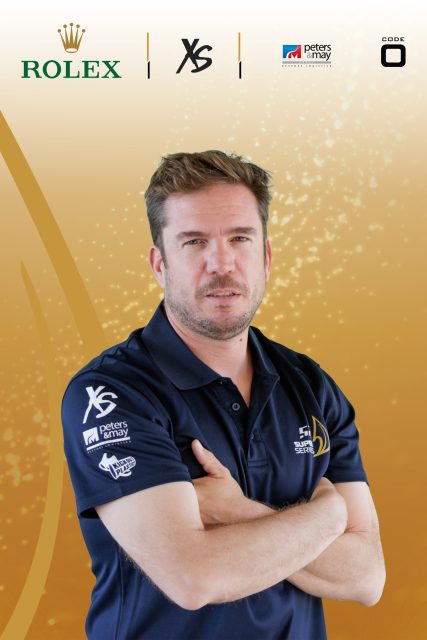
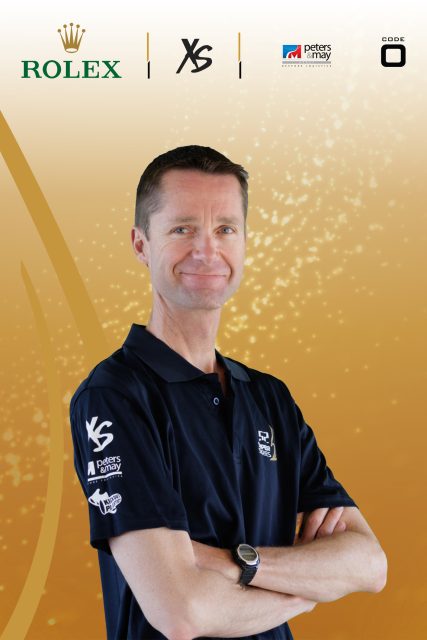
Director y medidor de clase
Responsables de asegurar que los barcos cumplan el reglamento de medición y de definir la estrategia futura de la clase. Rob Weiland es el director de clase, y Pablo Ferrer, el medidor de clase desde hace más tiempo.
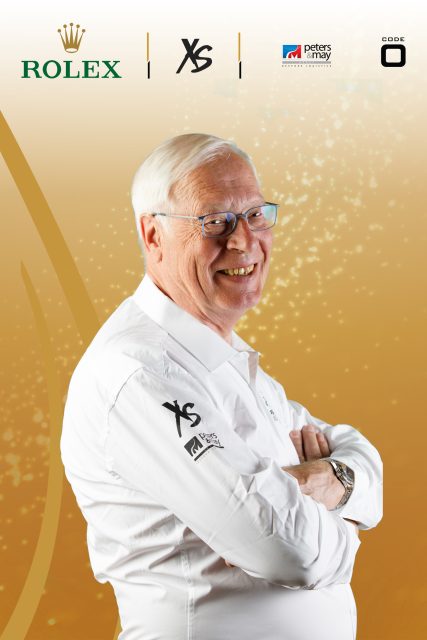
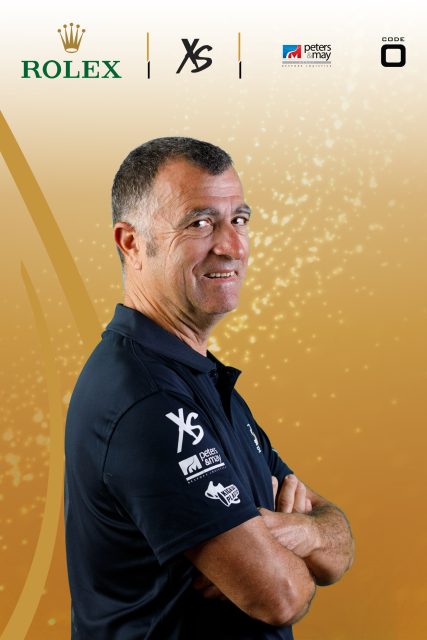
Operaciones
Se encargan de la planificación y logística: transporte, sedes, branding, trofeos, picnics, etc.
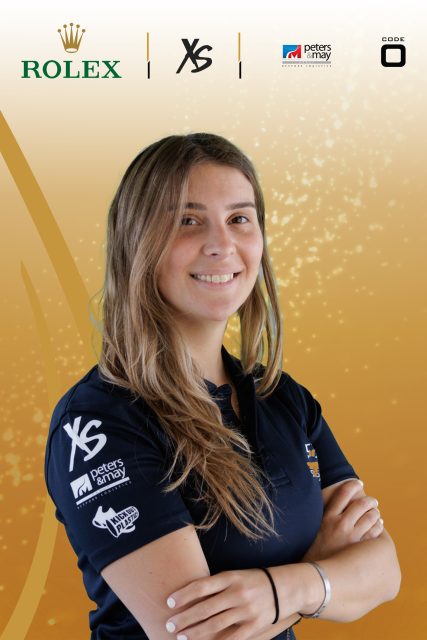
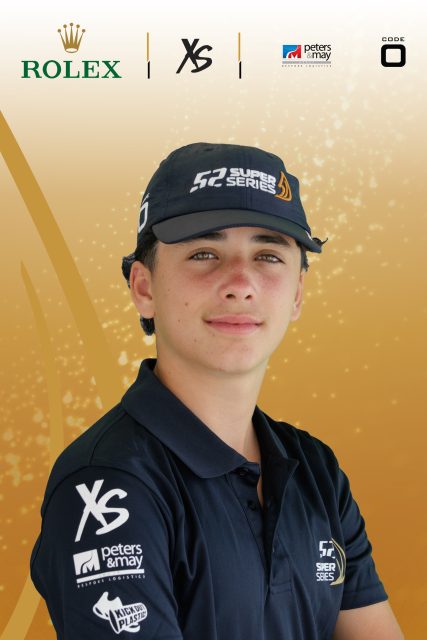
Sostenibilidad
Las 52 SUPER SERIES se toma muy en serio su compromiso con la sostenibilidad. El responsable de sostenibilidad es Lars Böcking.
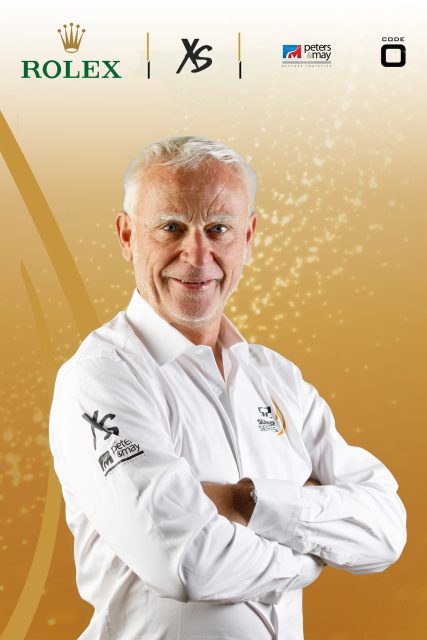



Marketing y comunicación
La lleva Jacaranda Marketing, quienes iniciaron parte del concepto del circuito. El departamento está dirigido por Lars Böcking, con apoyo de Andi Robertson, y los PR de país Javier Sobrino (ESP) y Gabriel Lillo Cutini (ITA).

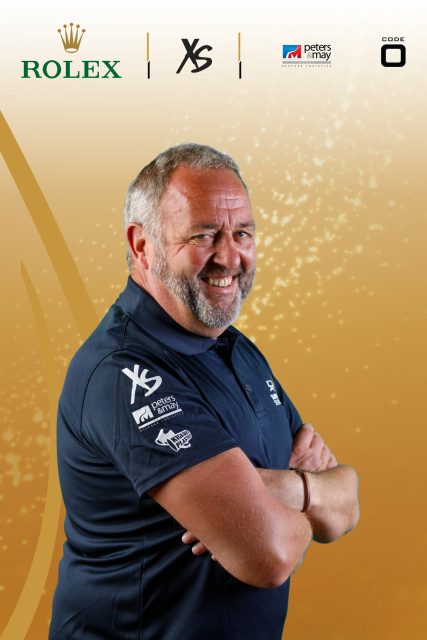
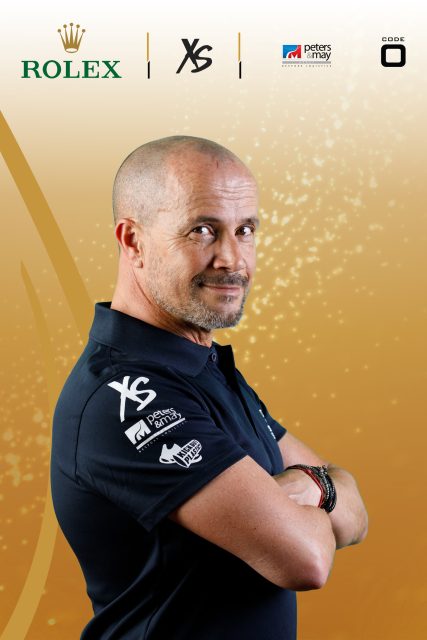

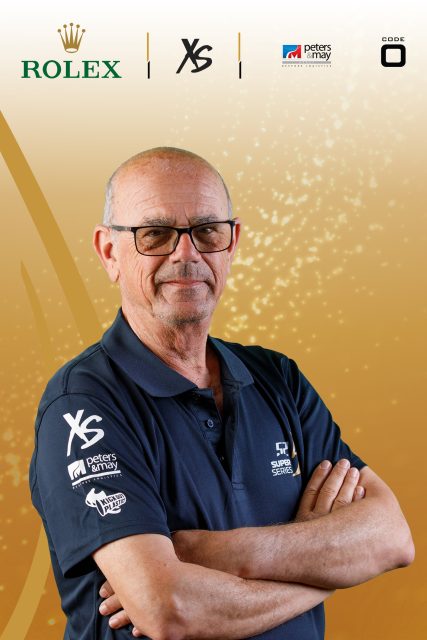
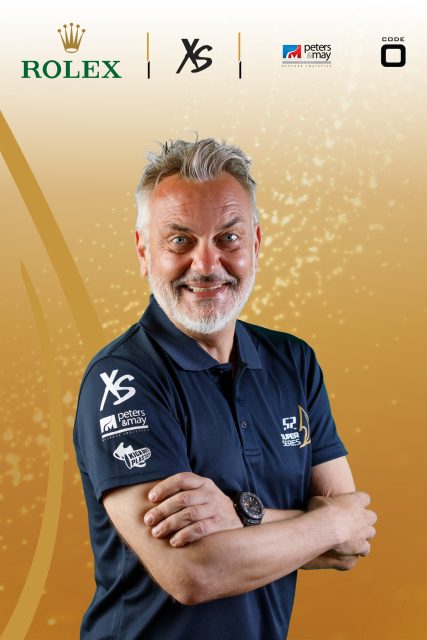
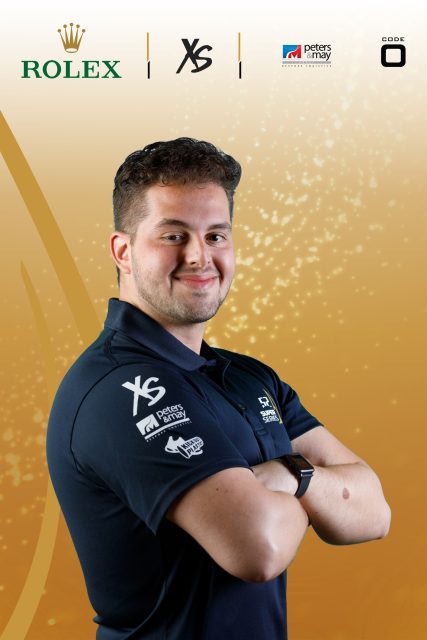
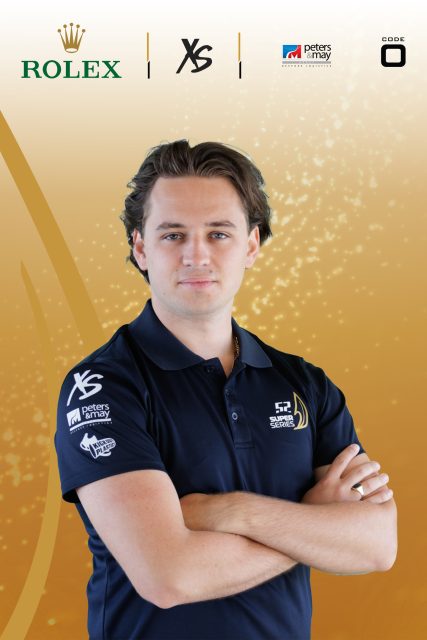
52 SUPER SERIES TV:
Está producida por la empresa alemana Chimbovision, liderada por Michael Trapp.
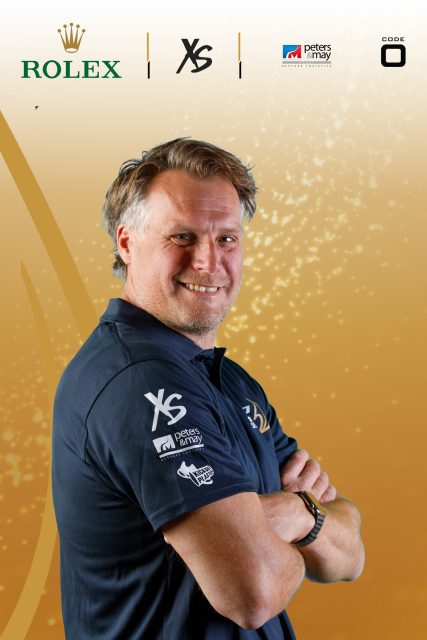
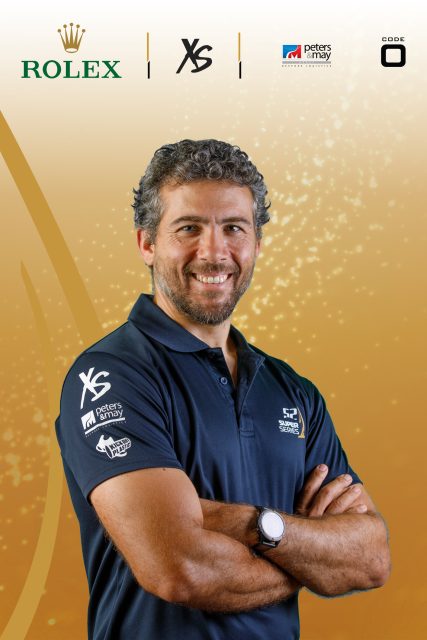
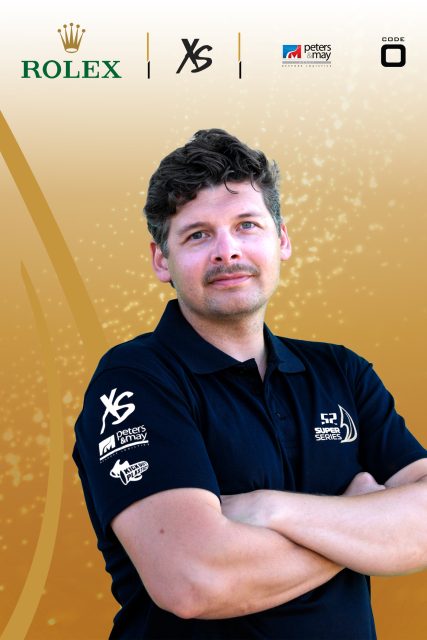

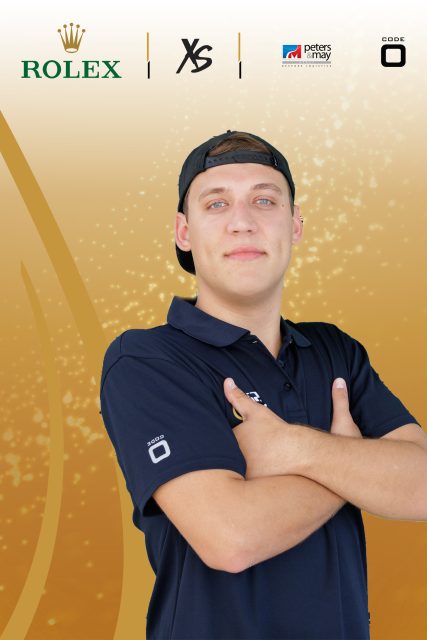
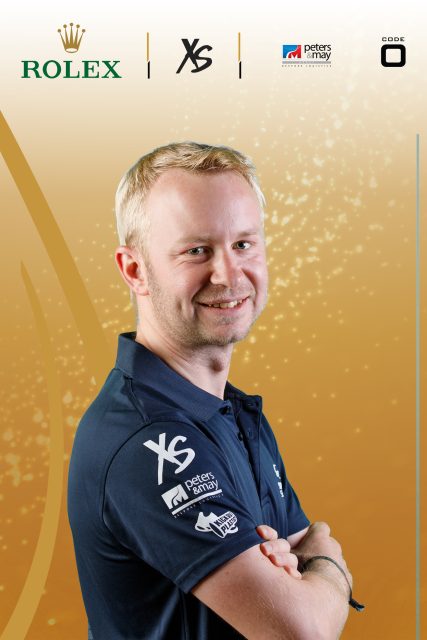
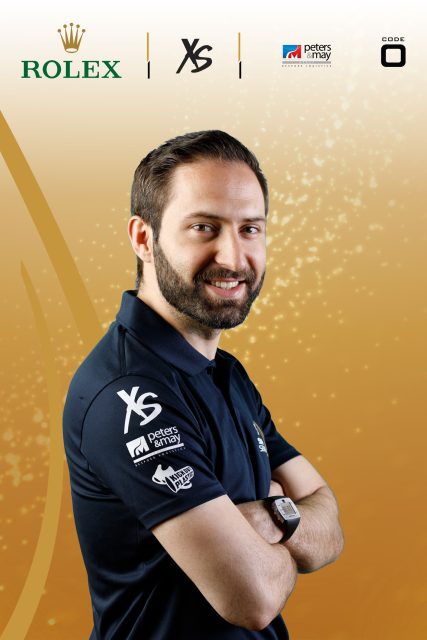
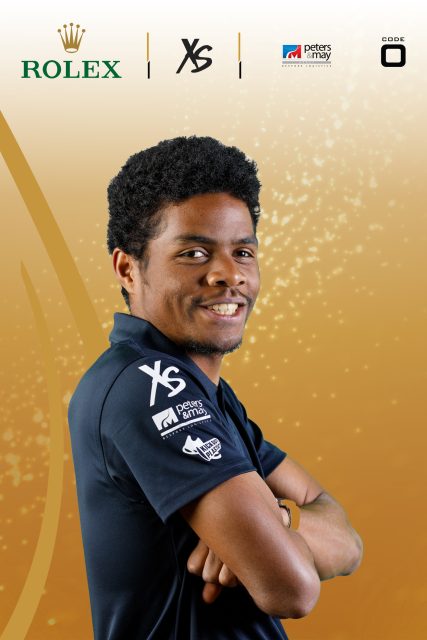
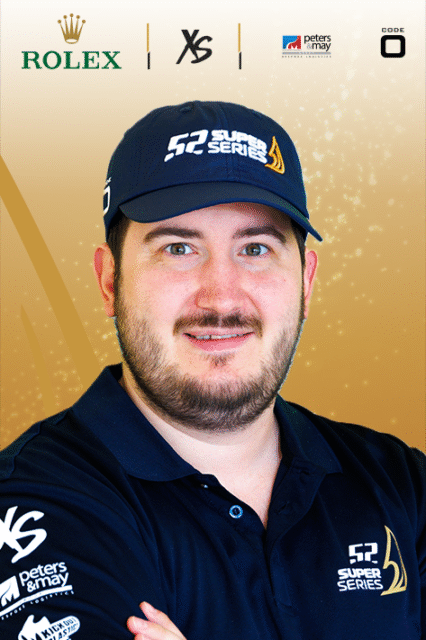
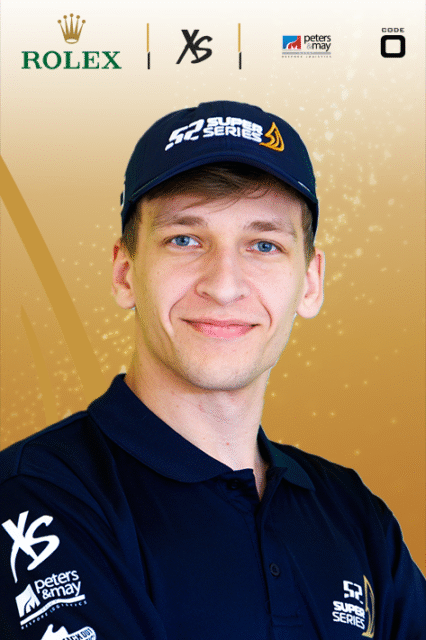
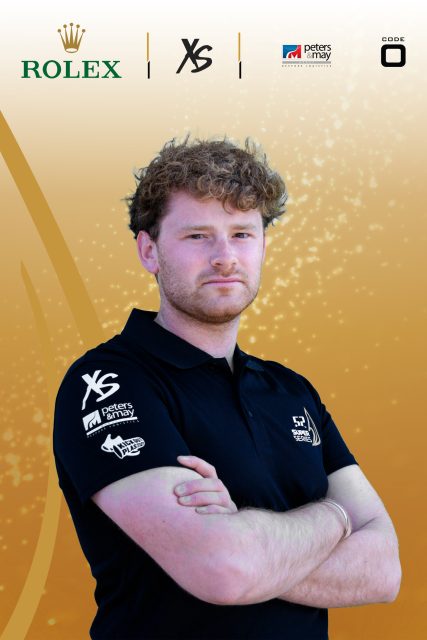
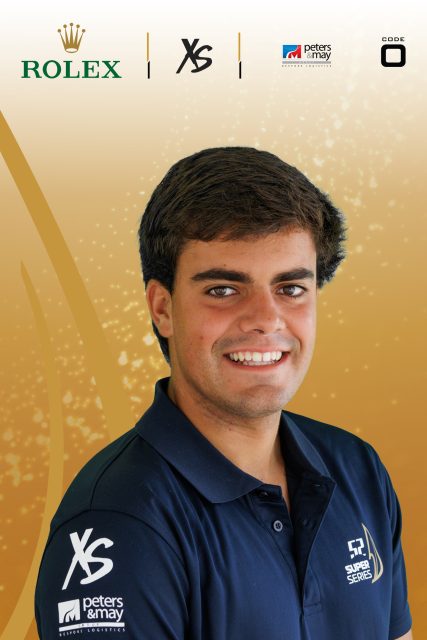
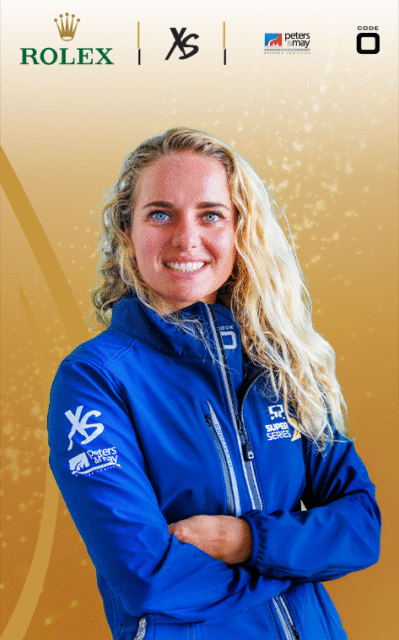
FUNCIONAMIENTO
El formato, reglamento y más
¿Qué SON laS 52 SUPER SERIES?
Las 52 SUPER SERIES es un circuito de regatas inshore de monocascos, en formato de flota. Se basa en una “box rule” cuidadosamente gestionada que define dimensiones clave que afectan al rendimiento —como superficie vélica, eslora, manga, desplazamiento, calado de quilla, altura y peso del mástil—, pero deja margen suficiente para que diseñadores y equipos desarrollen sus propias ideas. Se la considera la Fórmula 1 de las regatas de monocascos: los equipos pueden diseñar, construir y competir con su propio barco, siempre que respeten las reglas de construcción y “potencia”. Así, cada barco es distinto, aunque actualmente las embarcaciones son muy similares y navegan casi a la misma velocidad.
A diferencia de las regatas con hándicap, en las 52 SUPER SERIES gana el primero que cruza la línea de meta. Es competición en tiempo real, sin correcciones posteriores. A los armadores y tripulaciones les encantan las altas velocidades, la excelente relación potencia-peso, la sensación de barco ligero en la caña y la necesidad de buscar pequeñas ventajas para ganar. Es una propuesta única dentro de la vela deportiva.
Formato de competición
Cada una de las cinco regatas incluye unas diez pruebas, con una mezcla de recorridos barlovento-sotavento y costeros según la sede. Normalmente hay cuatro días de barlovento-sotavento y uno de regata costera, aunque esto puede variar si el lugar es especialmente adecuado para recorridos costeros. No se descartan pruebas: todos los resultados cuentan, sumando entre 45 y 50 mangas por temporada.
Regatas barlovento-sotavento
Cada regata consiste normalmente en cuatro tramos en forma de “salchicha”. El eje barlovento-sotavento varía entre 1,5 y 2,2 millas náuticas según el viento. Se sale en ceñida y suele finalizarse en popa. Cada prueba dura cerca de una hora: ceñidas de unos 15 minutos y popas algo más rápidas.
TP52
Todo sobre la clase
El TP52 en Europa ha recorrido un largo camino desde que fue diseñado bajo una “box rule” para crear una serie de embarcaciones ligeras de alto rendimiento para la Transpac Race de Los Ángeles a Hawái.
En 2005, un grupo de renombrados armadores eligió construir TP52 para desarrollar una nueva clase de alto rendimiento porque ya no estaban satisfechos con competir con hándicap.
Se ha convertido en la clase de regatas inshore de monocascos más importante del mundo, atrayendo a los mejores regatistas profesionales, armadores exigentes y equipos punteros. Los barcos de fibra de carbono, con grandes áreas vélicas y quillas profundas y delgadas, siguen teniendo un rendimiento muy similar.
Son ligeros, tienen una alta relación potencia-peso y, sobre todo, ofrecen una diversión excepcional para las tripulaciones que disfrutan del reto físico y mental que suponen los 52.
Con viento fuerte en popa, suelen surfear a más de 20 nudos.
Las estrictas limitaciones impuestas por la “box rule” permiten libertad suficiente para que los diseñadores expresen sus ideas, manteniendo una flota muy igualada.
Cada año se generan nuevas ideas en cada diseño, lo que incentiva la construcción de barcos nuevos. Se han construido más de 60. Y la pureza de la competición sigue siendo en tiempo real: quien cruza primero la línea de llegada, gana. Esa es la esencia de las 52 SUPER SERIES.
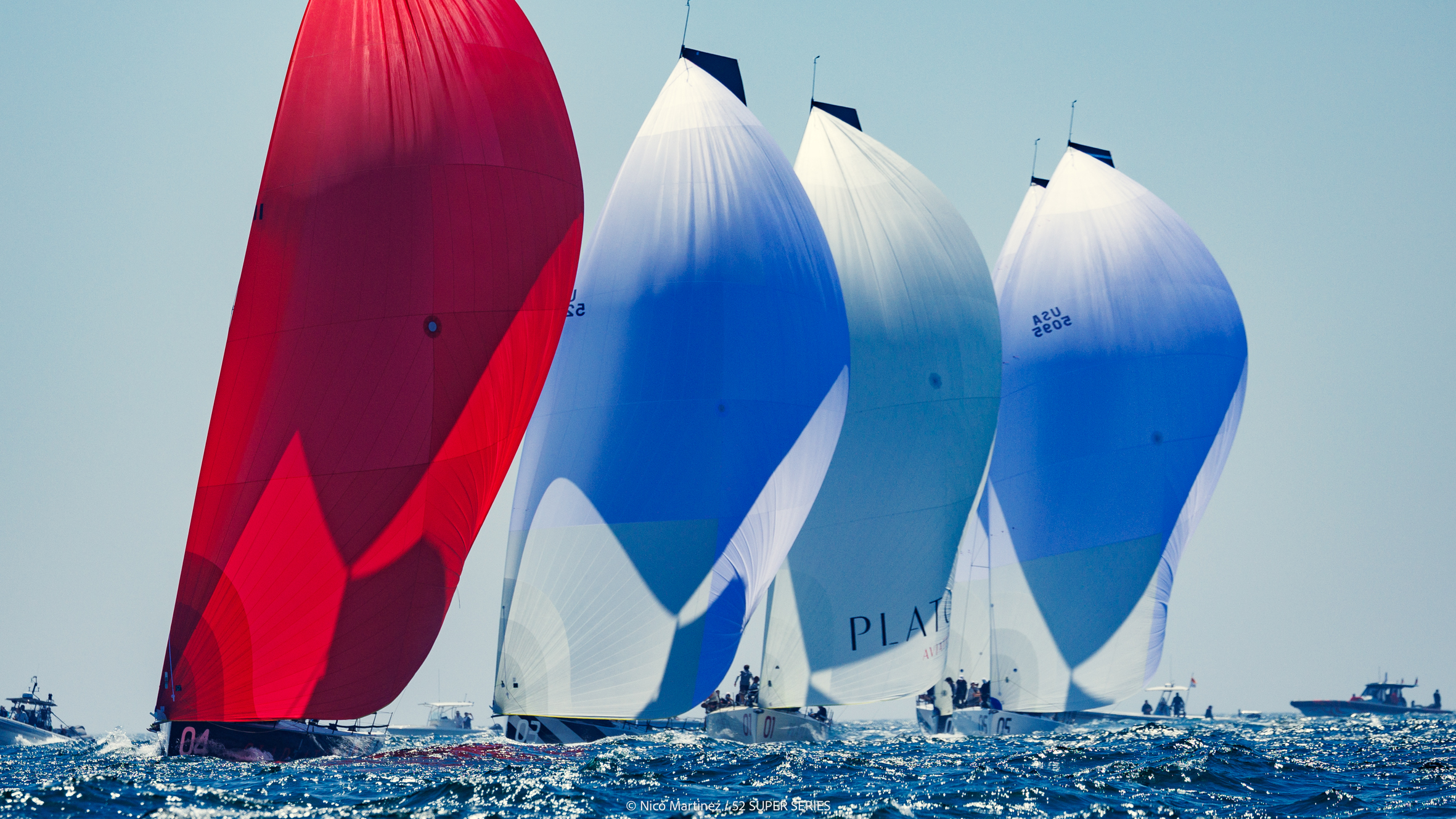


 52 SUPER SERIES – 2026 SEASON
52 SUPER SERIES – 2026 SEASON

